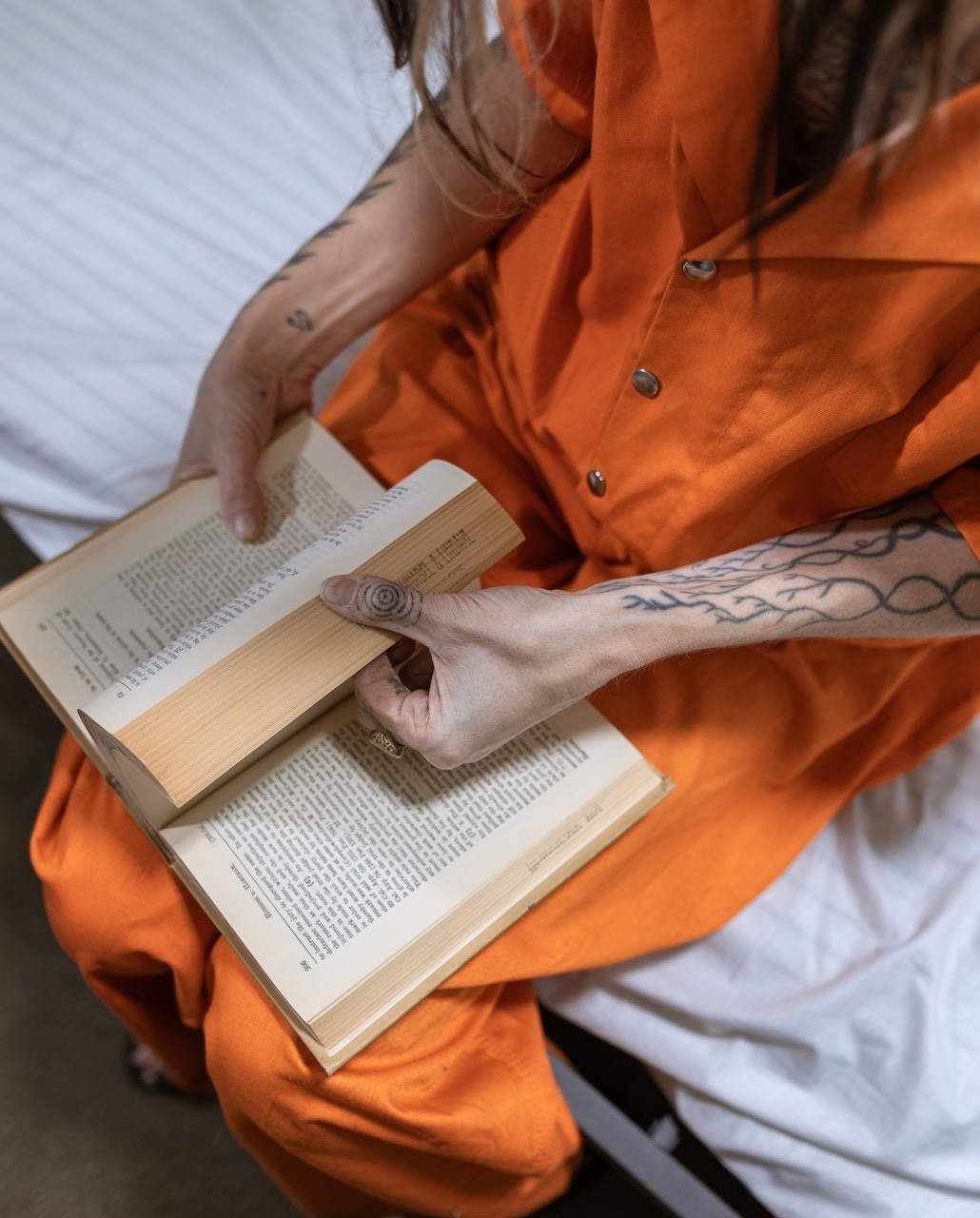Kids are much smarter than most people realize. They have a deep understanding of their feelings and an awareness and sensitivity to the world around them. This is why children are never too young for mindfulness and meditation.
Young children may not understand big words like interconnectedness and consciousness. But, they do understand the meaning behind these terms when explained to them properly.
Better than even some adults who have deeply ingrained habits of constantly being lost in thought, children are often able to pick up mindfulness and meditation much easier and faster.
Mindfulness can help kids be happier, healthier, and correct behavioral problems. It can help them cope with bullying, focus, and even get better grades too.
Here I’ll explain how to teach mindfulness and meditation to children of all ages.
But first, to get everyone on the same page…
Mindfulness for Adults

Mindfulness is simply being aware of everything that is happening in the present moment—how you feel, what you’re thinking, and what is happening around you. It’s about paying attention to all these things so that you become conscious of your thoughts, words, and actions.
When we’re not mindful we become lost in thought, unaware of what we’re doing and what’s happening around us. We tend to fixate on the past or future. We respond unconsciously to our impulses and we succumb to addictions and negative thoughts or behaviour.
When we’re not mindful, we’re literally mindless—asleep at the wheel. We’re still awake, but it’s more of an autopilot. But the more we pay attention to our thoughts, the less repetitive, compulsive, and negative they become.
Every choice we make starts in the mind. By learning mindfulness, every aspect of our lives can become more thoughtful, more aligned with our intentions, and more meaningful and fulfilling.
Teaching Mindfulness to Young Children
Children as young as three know what it’s like to be aware of something. This is a great place to start. Use words they understand and that apply to them.
Start simply by asking them to describe in more detail how they’re feeling, what they’re seeing and hearing, and what they’re thinking about. This can be done while they’re eating, at the park, or at home, and will help them begin to be aware of their senses, communicate them, and to observe consciously rather than react mindlessly.
A Mindfulness Exercise for the Little Ones.
Blowing bubbles is the perfect way to help kids become aware of their breath. And it’s fun!
Have them take a deep breath in, notice their belly getting bigger, then blowing carefully the biggest bubble they can while they pay close attention to the colors and the shape of the bubble.
Let them know that anytime they’re sad, they can pay attention to their breath, just like they did with the bubbles and they can blow out all their sadness and anger.
There’s No Time Like Free Time
So much of children’s time is spent structured. Make time for free time. Allow as many moments of peace and quiet as your child will tolerate.
Encourage them to explore their mind and notice how often they notice their breath. This will help them become aware of their awareness and be less identified by and controlled by their thoughts.
It is unfortunate that for so many children, the only time they have to sit in peace and quiet is so often a punishment called “time out.” This makes kids associate stillness and contemplation as bad experiences and makes it more difficult for them to meditate as they grow older.
Instead of punishment, just sit with them and look at a flower or something else in nature together.
Fun Ways of Helping Kids to Enjoy Mindfulness
I think nature (flowers, plants, trees, clouds) is a great place to help them see beyond the object and look deeper into all the shades and shapes and colors. Same with the breath. For kids, watching their breath can be a little difficult so having them put their hand on their belly and notice it rising and falling is good.
Teaching Meditation and Mindfulness for Older Kids
As kids get a little older, say four or five, they begin to be able to sit still for longer and they have become more aware of their thoughts and feelings.
This is a great time to explain children what mindfulness meditation is and how it can help them. You can explain how mindfulness makes you happy and feel better. They’re now old enough to realize they’ve got this constantly thinking brain in their head but there is a way to quiet it down.
Encourage your children to notice little, subtle things and share with you what they noticed. Things like their heartbeat, bird noises, the veins in a leaf, etc…
Some Mindfulness Games for the Not Quite Teens
What Do You Notice?
For a minute or two, you and your child can just sit silently as they observe what they see, hear, taste, smell, and feel. Then afterward have them describe what they noticed.
Don’t Forget to Breathe.
You can put their favorite toy on their belly as they lie down, watching how their breathing makes the toy rise and fall with their inhale and exhale. This will help them be aware of their breath and teach them how to breathe properly, fully and deep into the belly, in a fun way they’ll love.
Teaching Teens Mindfulness
Those teen years can be some of the most challenging times of a young person’s life. And their parents. That’s why this is the age kids really need the skill of mindfulness to navigate their complex and rapidly changing thoughts. Kids at this age become very focused on relationships, sports, and worries about their future. So teach mindfulness with this in mind.
Teach teens about the value of these relationships. Show how that when we are fully present, we can better listen and empathize with others.
Show teens how being present and aware of your body, athletic performance can be improved by tuning out distractions and focusing.
Explain to teens how there is a feeling of inner peace and joy from being present when you’re not worrying about the future or agonizing over something in the past.
Teens are able to understand how drugs and alcohol dull our senses and make it more difficult to experience lasting inner joy and happiness.
Mindfulness and Meditation Tools for Teens
At this age, teens can now fully take part in mindfulness meditation. This will help them see first-hand all the benefits mindfulness has to offer. As they find peace within and have a greater awareness of their thoughts and behavior, they will be less likely to act out impulsively or seek out harmful activities.
Morning Meditation
Every day before they go off for school, have the family sit down to just close your eyes and put your all’s attention on your breath. This can be for 5 or 10 minutes and will create a very positive start to the day.
Moment of Gratitude
Before family dinners, take a moment of silence to appreciate all the many aspects of where dinner came from and how it was prepared. Think of and thank the farmers, the sun, the rain, and the air. Thank the truck drivers, the truck drivers’ parents, the road pavers, the grocery store clerks. Give thanks to whoever prepared the food, the dish and silverware manufacturers, the table and chair makers… The list is endless.
This moment of gratitude gives us a moment to not only reflect and be grateful. It also shows us how we are deeply interconnected with every living being on this planet.
This sense of oneness will make us feel happier and less alone in addition to becoming more mindful of this fundamental truth.
Don’t Push or Force Mindfulness Meditation for Children
Be patient as you teach patience. If a child is really putting up a fight, don’t force it. Let it happen on their own time. Kids do want to learn about nifty things that make them feel good. But, it has to be the right time.
Just don’t give up. Mindfulness and meditation are skills kids learn from an early age that will help them through every stage of life. They will be blessed and lucky to have had such good parents to teach them.
If you found this helpful, please check out our YouTube page where we post meditations for ADD/ADHD, guided meditations, and more. Peace and love.
Get Peace & Calm Delivered
Receive the tools and insights for living a life free from fear, negativity and stress.


